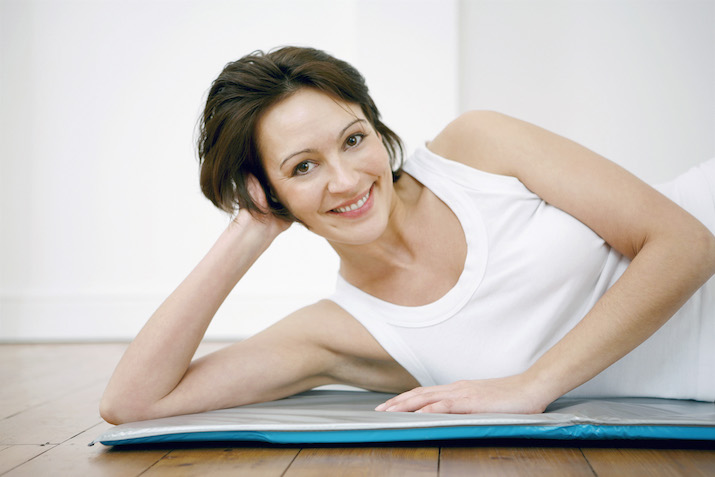Self Myofascial Release, more commonly known as foam rolling, is a method of releasing adhesion, or knots, from the muscles. A practice we all need to implement in our day-to-day life.

A lot of us suffer from rounded shoulders and tight traps due to excessive time spent looking at electronic devices such as laptops and cell phones. In addition, we can develop tight hip flexors from long periods of sitting.
There are plenty of examples of muscles that are overactive due to our various occupations, all evidence of why SMR should be done every day. For individuals who are pregnant, have high blood pressure, diabetes or varicose veins, SMR can complicate conditions and is not recommended. Please see index for more.
Top 5 benefits of SMR or foam rolling
1. Improve Posture
Foam rolling the upper back, traps, and quads can greatly improve our posture and improve our gait. Why is our posture important? Good posture allows our bodies to function better without placing excessive stress on the spine, relieving us from kinetic chain dysfunction.
2. Prevent Injury
Tight or overactive muscles can lead to dysfunction within the kinetic chain, placing you at greater risk for injury. Each year, thousands of people are rushed to the emergency room for injuries that could be prevented with the use of foam rolling. Taking the time to foam roll overactive abductor muscles (inner thighs) will prevent excessive internal rotation of the hip. Which could lead to knee injuries or rolled ankles.
3. Improve Range of Motion
Relieving tension from tight muscles followed by static stretching has been proven to increase range of motion. Foam rolling muscles such as the calves, will greatly improve your range of motion where it’s needed. Especially, when performing a grueling set of barbell squats.
4. Reduced Soreness
Speaking of squats, our muscles can easily become sore after performing intense workouts. SMR allows for better blood circulation throughout the body. This will speed up the recovery process.
5. Improved Neuromuscular Control
Inhibiting overactive/tight muscles allows for better blood circulation. Also, it increases oxygen delivery to the muscles which is important energy replenishment.
Contraindications
-
Varicose Veins. Avoid putting pressure on varicose veins
-
High Blood Pressure. Massage has been shown to decrease blood pressure but the pressure that SMR places on muscles can be an issue.
-
Diabetes. Due to poor circulation of the lower extremities, the body may not be able to flush the toxins that come from breaking up the adhesions and knots of the muscles.
-
Pregnancy. Miscarriage has been associated with massage in the first trimester. In the third trimester, pressure points in the calf and adductor may induce contractions.



